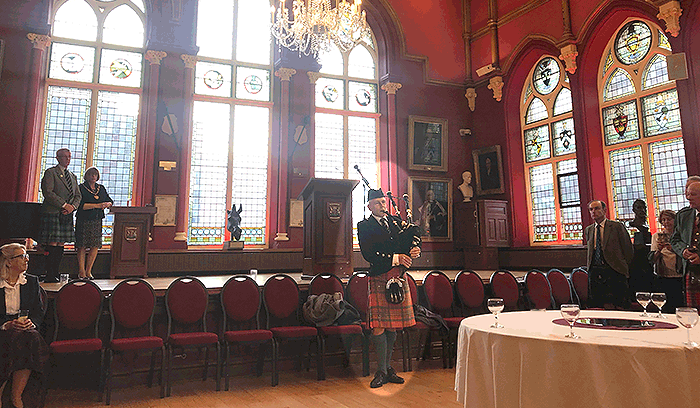
It is a tradition at the Northern Meeting that the previous year’s Gold Medallist pipes at the civic reception that inaugurates that particular year’s competition. This year the honour fell to Dr Peter McCalister recently mentioned on these pages as a prizewinner in the Bratach Gorm in London.
Before his performance in the Inverness Town House back in August, Peter circulated notes on the tunes he was going to play – all of them related to the Northern Meeting or Inverness-shire. Peter and has now kindly agreed to our reprinting these notes on PP. Here they are:
The Ross Battery (P/M Donald MacLeod MBE)
This highly melodic 6/8 march is one of the many compositions of ‘wee Donald’ who (amongst many other prizes) won eight Clasps and eight Silver Stars at the Northern Meeting.
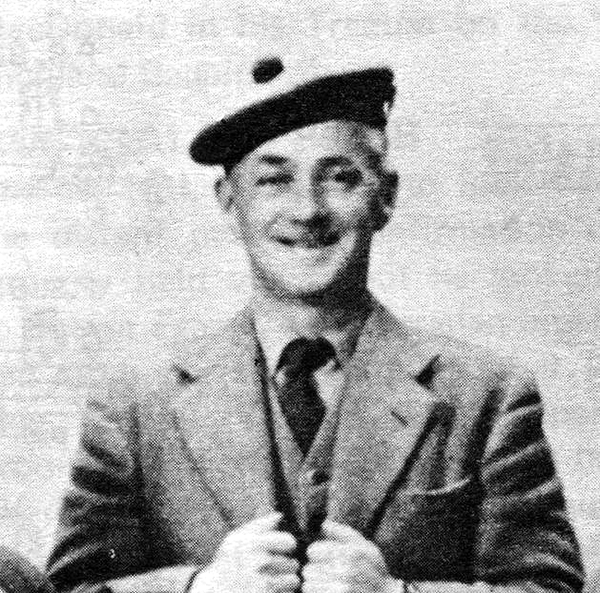
A battery is an artillery unit equivalent to an infantry company and is commanded by a captain or major. The Ross Battery was raised before WW1 and was not actually an Inverness-shire unit. With its headquarters at Lochcarron it was mainly recruited there, but Stornoway contributed greatly to the total. Mobilised at Dingwall they trained at Bedford and were then shipped off to an unknown destination, not revealed until many weeks later: Gallipoli.
Donald was born in Stornoway in 1916 so was only a small child at this time, but the story of the unit was well-known locally, and survivors would have been known to him. This tune appears in Volume 1 of his Collection.
Loch Duich (traditional)
Inverness-shire stretches from where you are tonight across to the Inner and Outer Hebrides, to become Scotland’s largest county (only Yorkshire is bigger in the British Isles). Many people in the west look to Inverness as a town of importance because it contains vital supports e.g. their major hospital, and of course essentials such as Lakeland Plastics and Shapes Blink and Brow (eyebrow waxing).

Loch Duich is a sea loch which abuts Loch Alsh and is much photographed – containing as it does famous sights such as Eilean Donan Castle. In 1936 a GP called Dr McRae retired to the area. Early one morning during a visit to Loch Ness, he apparently saw and filmed the Loch Ness Monster at a range of about 100 yards. The film lasted for several minutes and the creature showed its three humps, along with the head and neck.
A second film taken by Dr McRae showed a creature in Loch Duich, writhing its head over a bed of seaweed. It differed from the Loch Ness Monster having a longer neck and a mane, which looked tufted. Both films have now been lost … but if anyone finds them, or sees Nessie on the way home, please inform The Loch Ness Monster Society.
Achany Glen (Angus MacPherson)
Angus MacPherson, son of Calum Piobaire, and father of Malcolm MacPherson (the inspiration for ‘Binneas is Boreraig’), was possibly as famous an angler as he was a piper. His hospitality as a host was legendary, and his numerous piping stories make fascinating reading. (He carried on playing pipes until the age of 97.) It’s out of print, but copies of his autobiography ‘A Highlander Looks Back’ are still to be found, and the full text is online.
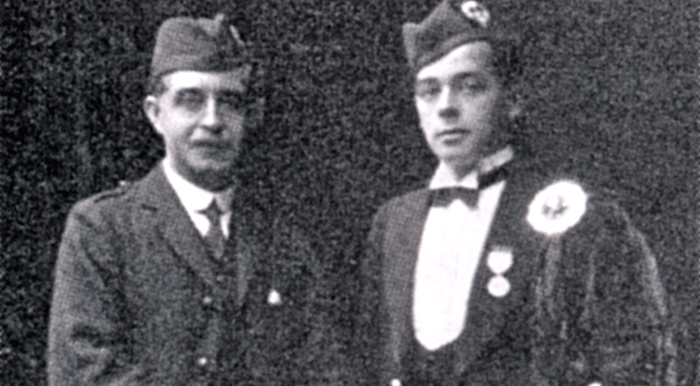
Achany Glen occupies the valley of the River Shin north of Inverness, and the Falls of Shin (near Inveran) are famous for being one of the best places in Scotland to view salmon in their natural habitat. In 2002 the tourist information office there was converted by Mohammed Al-Fayed into the most northerly outpost of Harrods, but it burned down in mysterious circumstances in 2013. An energetic community effort led to the re-opening of the visitor centre in 2017, with a platform designed to view the salmon leaping.
The Campbelltown Kiltie Ball (John McLellan, Dunoon)
This is a composition of John McLellan, Dunoon (not Captain John MacLellan MBE), and its connection with Inverness might seem distant – but it is a personal one. About 10 years ago an elderly lady who had run a small hotel in Inverness (Chrissie Mackenzie) moved to my practice area in Bonnybridge. When she learned I was a piper we often discussed piping matters.
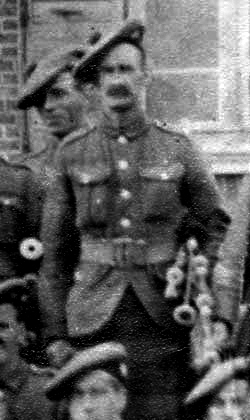
She loaned me music and recordings of her brother, Neil Macleod, who was stationed in Inverness and helped her in the hotel for a time. In turn I played pipes for her – much to her neighbours’ annoyance (she lived in a council flat) – and I made recordings of her brother’s music for the family.
Amongst these were the third and fourth parts of this tune, which are seldom heard, though I believe Alex Gandy plays them in competition. To her knowledge these two parts of the strathspey were Neil’s own composition (I am happy to be corrected on this).
The Ness Pipers (P/M Iain Morrison)
This popular reel is usually played as written, in a very ‘even’ manner. I first heard it when the 78th Fraser Highlanders used it in their ground-breaking selection (that’s the one which includes an accelerating start to The Little Cascade – see the ‘Live in Belfast’ recording).
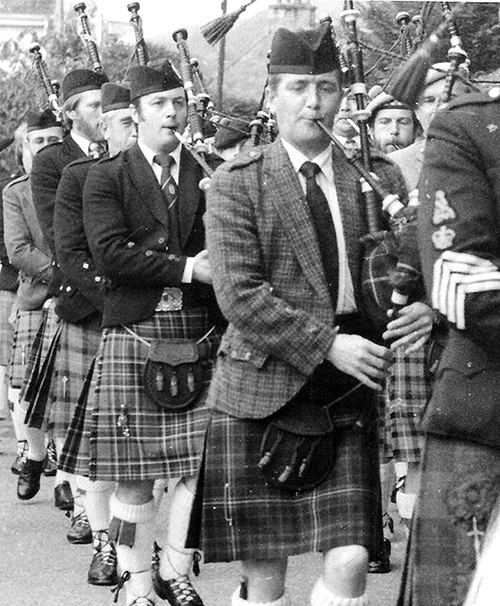
However, I then re-learned it with a somewhat disreputable bunch of pipers who had picked it up from a hand-written manuscript which differs from Iain Morrison’s original. Apologies to the composer for that (he may be present tonight), but all traditional music – even if recently composed – will pass from person to person and inevitably be altered, which in my opinion is OK. It is also a useful excuse if one goes off the tune …
Corriechollie’s 43rd Welcome to the Northern Meeting (William Ross)
Before you start calculating when the 43rd Northern Meeting was, I believe that the title is correct. John Cameron of Corriechollie, who died in 1856 at Spean Bridge, was being celebrated for his 43rd attendance here (keep going, Jack, you’ll get there … ).
His entrances to the Northern Meeting were often ostentatious and became a source of much discussion. The composer was piper to Queen Victoria, not the 20th century ”Willie Ross’ of the Scots Guards. Corriechollie (known as ‘Corrie’, or ‘Collie’), a landowner and drover, was a legend in his own lifetime.
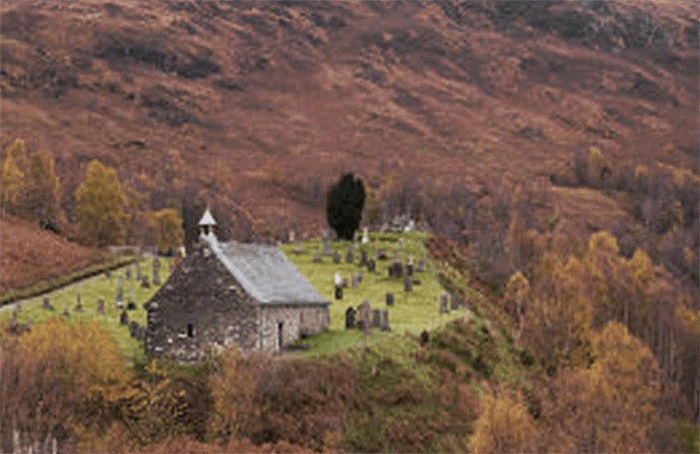
A rich man later in life, he remained a man of the people due to his work with livestock. The folklorist Callum Maclean collected much of his history by recording elderly story-tellers in the 1950s. It was feared (correctly) that the art of story-telling was dying out and this form of oral history would be lost. Tales such as his recovery from near-drowning, his bargaining to try and ‘buy’ a wife, and his amusing dealings with Irish, Scottish and English cattle traders, may or may not be true. However it is reliably recorded that he died suddenly of an unknown cause while on horseback, and his body had to lifted off the horse by his friends. Read more here.















